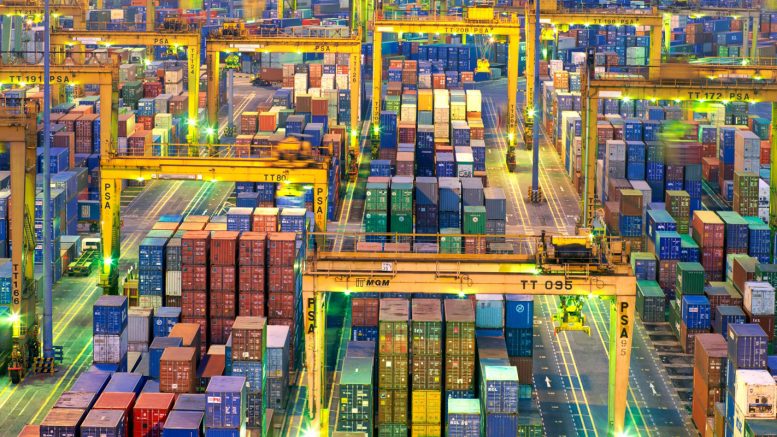Luis Alcaide | As previously anticipated, the composite indicator of export activity, as well as the order book for Spanish exporters, has been confirmed, with the nascent decline in sales during the third quarter of 2025 now materialized.
According to the Exporters and Investors Club (Club de Exportadores e Inversores), the COMEX data on Spain’s foreign trade up to September 30, published on November 20, “confirm the stagnation of Spanish exports, which has been occurring in recent years and could become a structural problem,” explains the President of the Exporters Club, Antonio Bonet.
In the third quarter of 2025, Spanish exports registered a slight year-on-year drop of 0.6%. August saw negative growth figures, while in July and September, sales of Spanish goods recorded positive year-on-year advances. In September, Spanish merchandise exports (€32,418.5 million) advanced by 2.6% year-on-year, falling below the advances seen in Germany (5.3%), Italy (10.6%), or the Eurozone (6.1%). Over the last twelve months, these differences are tighter, only slightly negative.
By economic sectors, in September, Spanish exports registered the surprise of a 43.7% increase in the sales of raw materials. Food and beverages, along with consumer goods and manufactured products, recorded significant increases.
Imports Increase the Imbalance
Imports, for their part, increased in September at a year-on-year rate of 10.1%—compared to 4.6% in the Eurozone—which generated a trade deficit of 6.01 billion euros and a coverage rate (exports-to-imports) of 84.4%. The growth in imports confirms the evolution of domestic consumption, as well as productive investment.
Food and beverages imported by Spain grew at a year-on-year rate of 8.2%, while purchases of capital goods and machinery grew by 9.4%. These advances in imports parallel the increase in consumption and productive investment in the country.
The EU remains the main client
The EU continues to be Spain’s main client, accounting for 62% of the total, followed far behind by America at 10% and Asia at 8%. The EU is also Spain’s main supplier, providing 48.7% of all imported goods. The US has reduced its purchases from Spain in the January-September 2025 period by 6.1% and, conversely, has increased its sales to Spain by 8%.
In the January-September period, Germany remains Spain’s main supplier, while France continues to be the privileged client, followed at some distance by Germany, Portugal, and Italy. The trade deficit with China is not being corrected, while deficits with India and Vietnam are advancing.





